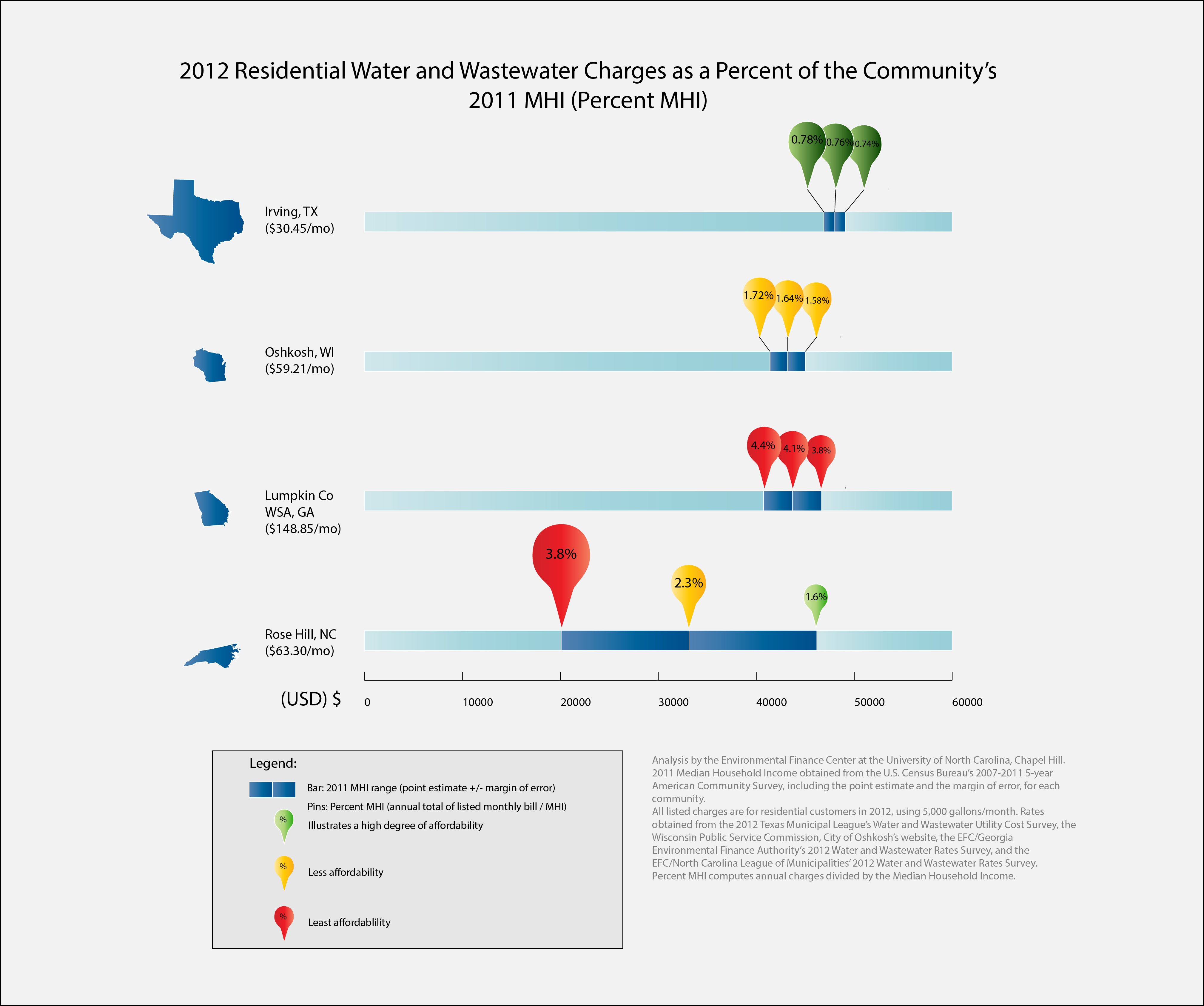Bad debt plagues every utility: electric, water, sewer, phone, gas – you name it. A utility can spend thousands of dollars trying to recover the costs of delinquent accounts, and unfortunately, utilities with bad debt meet a costly fate. Bad debts are assumed by the company, and categorized with other necessary expenses; it has become a sacrifice that companies are expected to make. The accumulation of bad debt has become so normal for these companies that estimates are made, dollar amounts are calculated, budgets are finalized, and subsequently, bad debts are forgotten.
Delinquencies and bad debt can be caused by customers who have a harder time paying their bills, whether because of financial constraints or difficulties in communicating with the utility. To improve customer service, utilities can try to identify areas or customers that may need additional assistance or target outreach programs that can help customers communicate with the utility.




